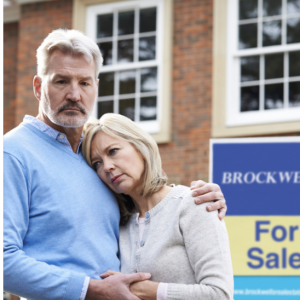House Bound: Housing Considerations For Older Adults Post Pandemic

House Bound: Housing Considerations For Older Adults Post Pandemic
September 9, 2020
Whether young or old, it’s likely that the COVID pandemic has left you questioning where you want to live and under what circumstances. Wherever you call home, you’ve likely never thought so much about where you live and whether you should move. For older adults, for whom transitional and new living arrangements are routinely under discussion, COVID has put into perspective two perhaps competing goals: How to stay safe where you live and how to remain a part of a community, so as to avoid social isolation and loneliness.
Researchers, policymakers, and architects are also struggling with revised notions of the best ways for older adults to live. For example, a recent article in Next Avenue highlighted the struggle of developing housing for an admittedly diverse aging population: some older adults are robust and desirous of active community engagement while others are frailer and in need of a more supportive environment. While most healthy seniors want to age-in-place and remain in their own homes, finances or diminished abilities may dictate a need for smaller homes, perhaps clustered in more communal surroundings (a concept often called “pocket neighborhoods) or even positioned on the property of adult children who live in suburban settings. We’ve previously highlighted on agebuzz the housing option of accessory dwelling units for older adults, and now, in the era of COVID, there’s been renewed interest in having older relatives live safely close to home yet retaining privacy in such free-standing backyard units. For a truly modern example of one of these new types of “granny flats,” put your interior designer on speed dial and click here.
It’s also unclear what will happen to the previous trend of retirees fleeing the suburbs for life in “the city.” It’s too soon to tell whether and how major cities will weather the consequences of the coronavirus. Joseph Coughlin, Director of the MIT AgeLab, forecasts an uncertain future for urban retirements. Possibilities may include looking for larger spaces in a big city (an option only available to those with the means), moving closer to a city but in a less-dense environment (something he calls “urban-light” living), or staying put in your suburban home and adjusting it to meet your aging needs.
And if those needs eventually drive you to consider a long term care facility, it’s probable the design of those buildings will need to change, given what we’ve learned from the pandemic. To create a safer, more infection-free environment, it’s likely that more rooms will be made into singles, with necessary options to lessen the isolation so many have suffered in recent months. While most aging adults will still want to live in the community, demographic trends will necessitate the continued existence of long-term care facilities, but likely with changes that make them more humane and supportive environments. Perhaps one silver lining of the pandemic will thus be a reckoning with our previous disregard for how older adults should live and be supported in their later years.







